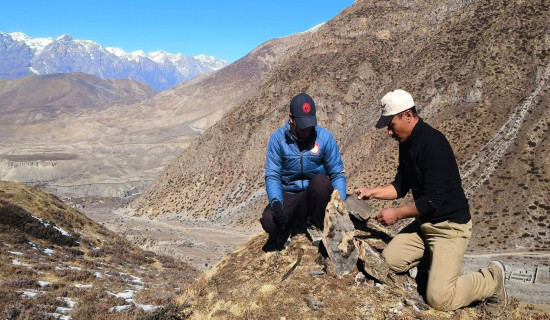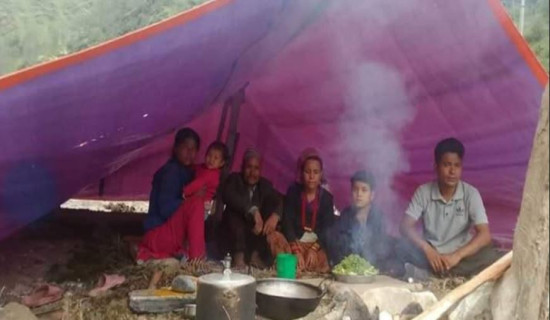- Monday, 1 December 2025
Signs of Gen-Z protest were visible, but it unfolded abruptly: Army
By A Staff Reporter,Kathmandu, Oct. 18: The Nepali Army has claimed that it undertook necessary actions in response to the recent Gen Z protests, guided by the ‘principle of obligation.’
Speaking at a press conference organised by the Directorate of Public Relations and Information (DPR&I) on Friday, Major General and Director for the Department of Military Operations, Anup Jung Thapa, explained that while the early signs of the Gen Z movement had been visible, its full-scale development emerged suddenly.
Major General Thapa said, “The Gen Z wave was detectable earlier, but it did not unfold gradually; it manifested abruptly.” He added that the army acted based on the principle of urgency, coordinating closely with other security agencies to manage the situation.
Responding to questions about why the army did not intervene earlier to quell the protests, Major General Thapa emphasised, “The question itself is paradoxical. Our primary objective remains the protection of citizens and the defense of the nation.”
Likewise, the Army Headquarters said that 22 of 76 deaths during the Gen Z protests on September 8 and 9 were protesters. The remaining fatalities included three police officers, 10 inmates, and 41 classified as ‘others,’ according to Thapa.
The army confirmed that the protests occurred at 484 locations across the country. During the unrest, widespread arson and vandalism were reported, affecting 688 government offices, 259 private residences, 128 businesses, 198 political party offices, and 307 police stations.
Thapa further disclosed that 15,588 inmates escaped during the protests, of whom 8,799 have since been recaptured. Additionally, of 978 firearms reported missing, 586 have been recovered and returned.
Likewise, the Army has informed that it has deployed security forces at 62 key installations nationwide, including 50 prisons, three airports, an oil corporation, three courts, one district administration office, the National Examination Board, the Examination Control Office of TU, and multiple diplomatic premises. Within the Kathmandu Valley, five locations are guarded, while 57 are secured outside the valley, with a total of 1,628 army personnel deployed.
Of the 76 individuals who died during the Gen-Z unrest, 41 have been classified under the ‘other’ category, with questions arising regarding the causes of their deaths. The Nepal Army’s Directorate of Public Relations presented a detailed account of the incidents at a Friday press conference.
Major General Thapa said that the army’s response and security deployment aimed to restore order while safeguarding lives and property during a rapidly escalating situation.


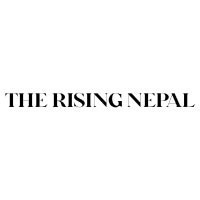

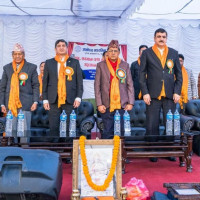
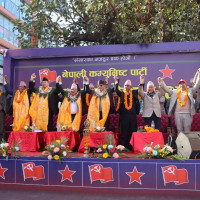
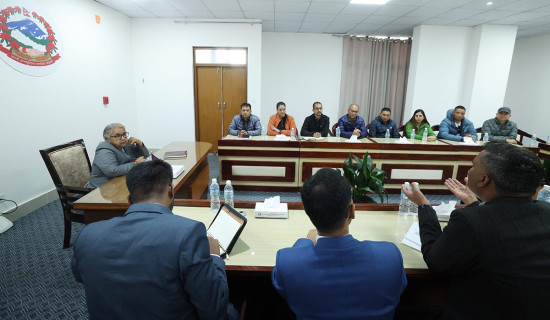
-square-thumb.jpg)


